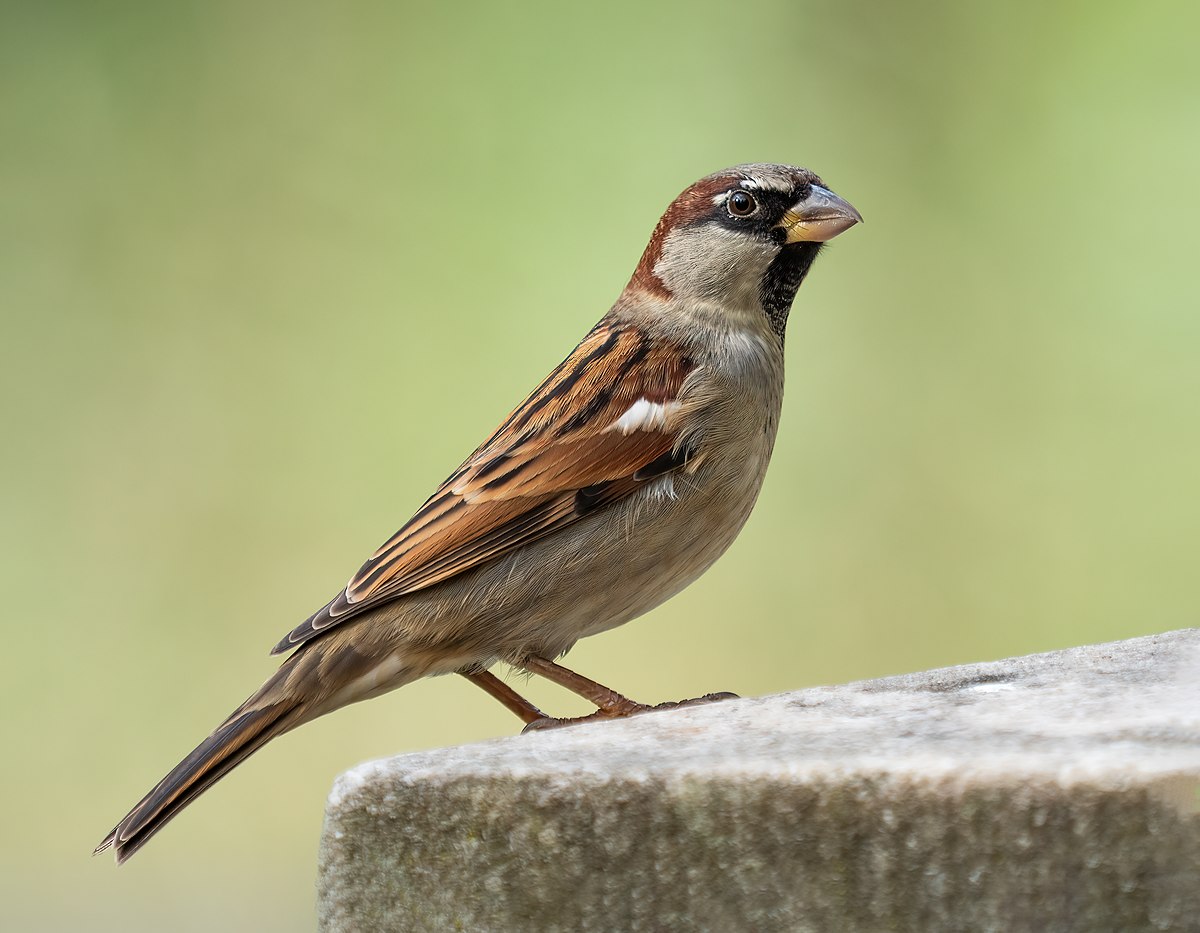
Sparrows are small, agile birds that can be found across the globe. With their distinctive chirping calls and bold personalities, these feathered creatures have captured the hearts of many bird enthusiasts. From bustling cities to tranquil countryside, sparrows have adapted to various environments, making them a common sight in both urban and rural areas.
In this article, we will uncover 11 fascinating facts about sparrows that will deepen your understanding and appreciation for these delightful creatures. From their diverse species to their intricate nesting habits, sparrows have much to offer in terms of their behavior, biology, and interactions with humans. So, let’s dive into the world of sparrows and discover the hidden wonders of these charming avian companions.
Key Takeaways:
- Sparrows are diverse, adaptable, and social birds with a melodious chirping call. They play a vital role in indicating the health of our environment and are worth appreciating and protecting.
- Sparrows are excellent nest builders, agile flyers, and form long-term pair bonds. Their short lifespan and varied diet make them fascinating creatures to observe in urban, rural, and desert environments.
Sparrows belong to the Passeridae family.
Sparrows are small passerine birds, commonly found in different parts of the world, including North America, Europe, Asia, and Africa.
There are over 50 species of sparrows.
With a wide variety of species, sparrows are known for their diversity in size, coloration, and habitat preferences.
Sparrows have a distinctive chirping call.
The melodious chirping of sparrows is often associated with spring and is a familiar sound in gardens and parks.
Sparrows are omnivorous birds.
They have a varied diet consisting of seeds, insects, berries, and even small invertebrates.
Sparrows are adaptable to different environments.
They can thrive in urban areas, rural landscapes, and even deserts, making them one of the most adaptable bird species.
Sparrows are social birds.
They form large flocks and are often seen foraging and roosting together.
Sparrows are excellent nest builders.
They construct intricate nests using materials such as grass, twigs, and feathers, usually in tree cavities or man-made structures.
Sparrows are known for their agility in flight.
They can maneuver quickly and gracefully through dense foliage and urban landscapes.
Sparrows are monogamous.
Once they find a mate, sparrows tend to form long-term pair bonds.
Sparrows have a short lifespan.
On average, sparrows live for about 2-3 years, although some may live up to 5 years in ideal conditions.
Sparrows can serve as indicators of environmental health.
Changes in sparrow populations can signal shifts in ecosystems and the impact of human activities on the environment.
Conclusion
Sparrows are fascinating birds that have captured the attention and intrigue of humans for centuries. With their small size and cheerful chirping, sparrows have become a familiar sight in urban and rural environments worldwide. These social birds exemplify resilience and adaptability, making them successful in various habitats and highly adaptable to changes in their surroundings.
From their physical characteristics to their behavior and nesting habits, sparrows have a lot to offer in terms of educational value and ecological importance. They play an essential role in controlling insect populations, serve as indicators of environmental health, and contribute to the overall biodiversity of the ecosystems they inhabit. Understanding the fascinating facts about sparrows can deepen our appreciation for these charming little birds and inspire us to protect and preserve their habitats.
So, the next time you spot a sparrow perched on a branch or chirping merrily in your garden, take a moment to marvel at the wonders of nature and the remarkable world of sparrows.
FAQs
1. Where do sparrows live?
Sparrows can be found on every continent, except Antarctica. They thrive in a variety of habitats, including forests, grasslands, urban areas, and gardens.
2. What do sparrows eat?
Sparrows primarily feed on seeds, grains, fruits, and insects. They are opportunistic feeders and can adapt their diet based on the available food sources.
3. How do sparrows build their nests?
Sparrows construct their nests using twigs, grass, feathers, and other materials. They often build their nests in crevices, tree branches, or in man-made structures like birdhouses and buildings.
4. How long do sparrows live?
The average lifespan of a sparrow is around 2 to 3 years, but some individuals can live up to 10 years in captivity.
5. Are sparrows endangered?
While sparrows are not currently considered endangered, certain species have experienced population declines due to habitat loss and competition with invasive species.
6. Can sparrows mimic other bird calls?
Yes, sparrows are known for their ability to mimic the calls of other birds and even some human sounds. This behavior helps them communicate and establish their territories.
7. Do sparrows migrate?
Some sparrows are migratory, while others are resident birds that stay in their habitats year-round. Their migration patterns vary depending on the species and their geographical location.
Was this page helpful?
Our commitment to delivering trustworthy and engaging content is at the heart of what we do. Each fact on our site is contributed by real users like you, bringing a wealth of diverse insights and information. To ensure the highest standards of accuracy and reliability, our dedicated editors meticulously review each submission. This process guarantees that the facts we share are not only fascinating but also credible. Trust in our commitment to quality and authenticity as you explore and learn with us.
